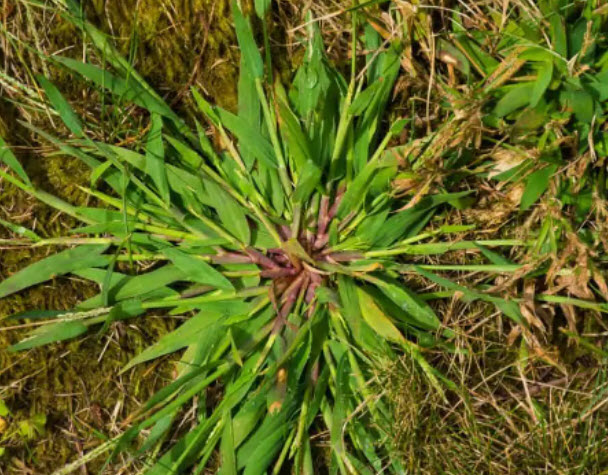Click below to listen to my 2 min. Garden Bite radio show: Lawn care – weed killing
The forsythia is said to foretell the coming of crabgrass. Where I live we’re not seeing the blooms yet. We’re late!

Soil temperature is the real way to tell when crabgrass will germinate… I learned this from Jenny at Gertens and I share her video below. In the meantime, she talked about the GDD Tracker from Michigan State University. Plug in your zipcode and what you’re looking for and you get results!

Based on soil temp in MY area, it’s time to put down a pre-emergent for crabgrass, which can produce 150,000 seeds. Yes, that is correct! ACK.

Today it’s about PRE and POST-emergents. They affect germinating seeds. That means, to be effective, the herbicide should be applied two to three weeks before weed seeds germinate.
The University of Minnesota Extension offers a lawn calendar also.

Jenny has a LOT of information:
So what about Post-treatment considerations? There are a lot of varying views as to the HOW of this operation. I’m using university based information.
Post Emergent herbicides may be applied any time the weeds are actively growing, the air temperature is 60–80 degrees F, there are no winds, and there is no rain in the forecast for 48 hours.
For Crabgrass: Post-emergent herbicides like quinclorac and mesotrione can be effective, but you need to apply them while plants are still young. The longer you wait, the less effective they will become.
Most effective control of perennial broadleaf weeds is when applied in early fall (August 15–October 15) or in spring (May 1–June 1). Some weeds will need repeated applications.
Herbicides are tricky and some will kill the plants you WANT to keep. It’s very important to read the directions.
If you have a lawn service, I highly suggest you question them on their knowledge of the chemicals they’re using.
